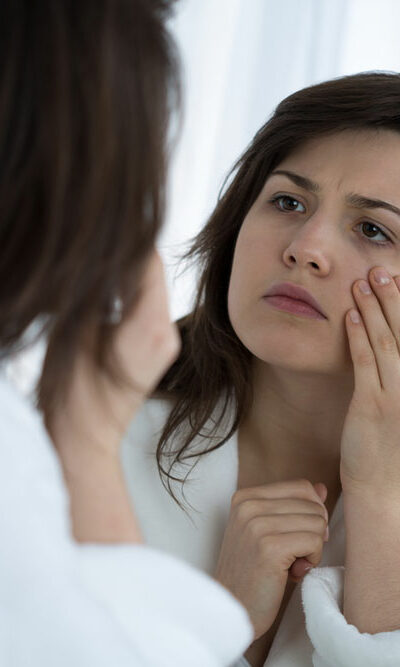
The Probiotic Guide for Crohn’s Disease
Crohn’s Disease also known as Ileitis is a chronic disease that affects the bowels. Crohn’s disease is known to cause acute inflammation of the digestive tract and measurably deteriorates the quality of your life. This disease is named in honor of Dr. Burill B. Crohn who in 1932 first identified the complication. About half a million Americans suffer from the Crohn’s disease. Symptoms Of Crohn’s Disease Diarrhea Fatigue Pain in the abdominal region usually accompanied by stomach cramps Presence of blood in your stool Sudden loss of weight Reduction in appetite If you’re experiencing sudden or persistent changes in your bowel movements, do visit a doctor as soon as possible What Causes Crohn’s Disease? Accurate causes of this disease remain untraceable. Earlier diet and stress were suspected to be causes, but doctors today believe that they are just factors that may aggravate the condition; not primarily be the reason behind it. Other factors including heredity and a dysfunctional immunity system are considered to be causes as well. Immune System At times, a particular bacteria or virus may trigger the Crohn’s Disease. Just like how the immune system deals with infections, the bacteria or virus are attacked by the immune system. During this period of self-defense, the immune system has a probability of viewing cells in the digestive tract as infectious cells and starts fighting these cells (which are actually necessary, non-infectious cells). Heredity The process of passing on genes from one generation to another could be one of the reasons behind the Crohn’s Disease. However, that’s not the case always. There are situations when a person comes down with Crohn’s in spite of the fact that none of his family members had such a disease in their medical history. There are several methods or approaches to dealing with Crohn’s Disease, one of which includes Probiotics.










